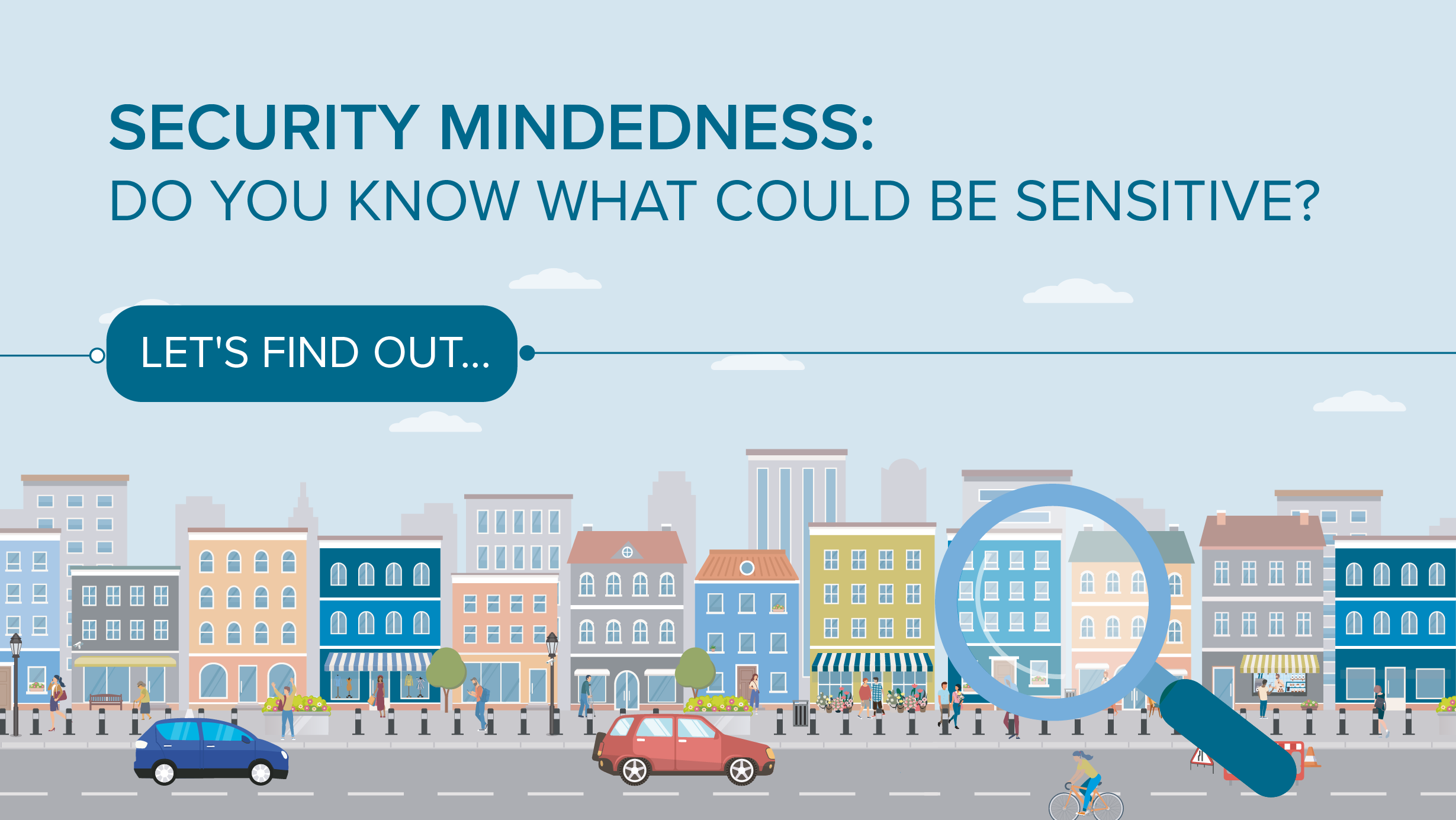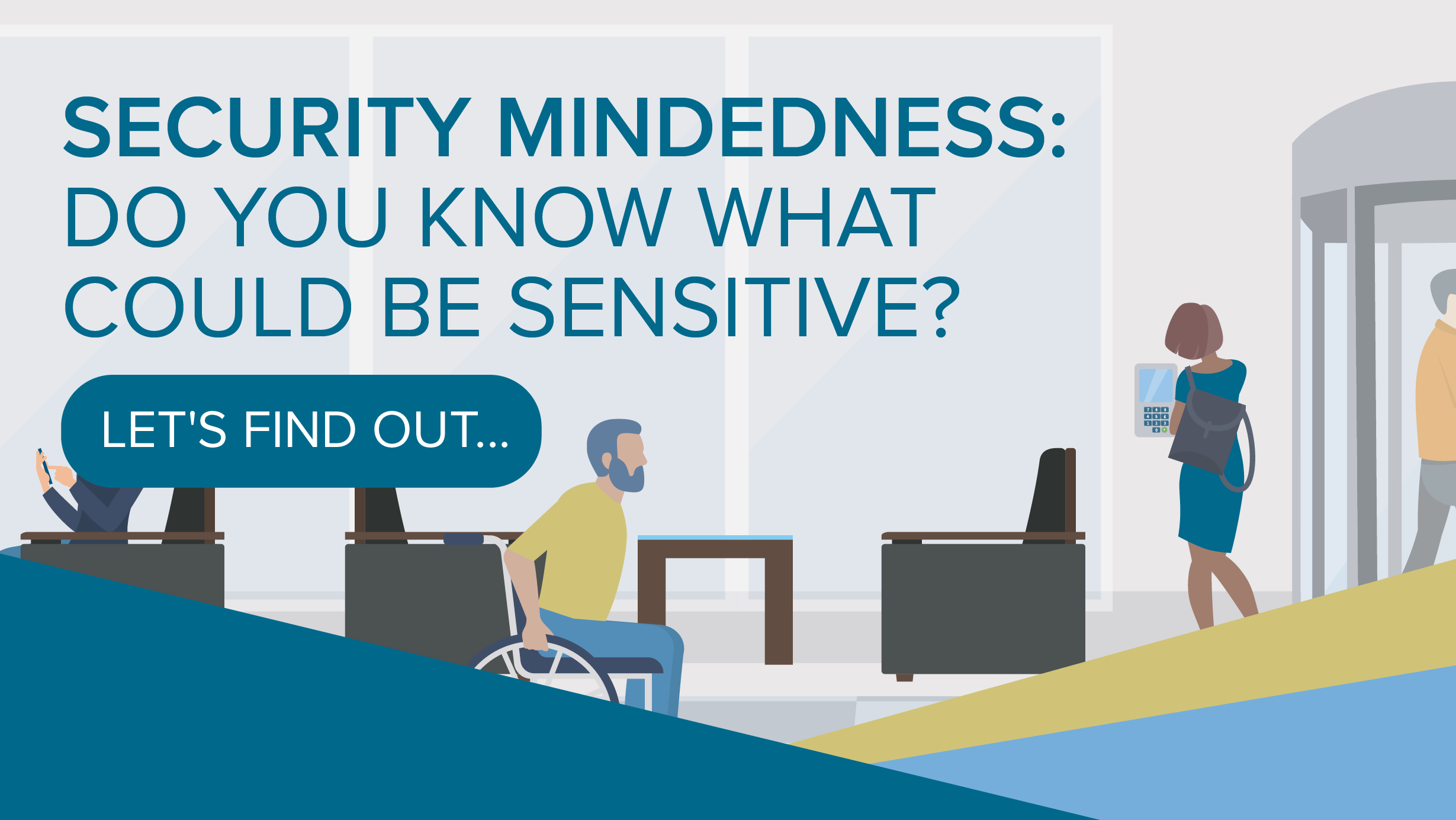The problem
Our client, a UK government agency, wanted to develop a way of improving the security awareness of engineers so that they adopt a ‘security-minded’ approach: thinking about what’s sensitive and what’s not about the security of the infrastructure they work on.
The brief
Could we find a way of making thinking about everything from the potential sensitive attributes of street furniture performing a security function to the vulnerabilties of CCTV systems natural to an audience of engineers?
Gaming helps engineers think security
The problem
Our client, a UK government agency, wanted to develop a way of improving the security awareness of engineers so that they adopt a ‘security-minded’ approach: thinking about what’s sensitive and what’s not about the security of the infrastructure they work on.
The brief
Could we find a way of making thinking about everything from the potential sensitive attributes of street furniture performing a security function to the vulnerabilties of CCTV systems natural to an audience of engineers?
A selection of highlights from the games
Brand led concepts // E-learning // Scripts // Illustrations // Animations // Games






What we did
We developed two 2D animated games – one rolling along the street and another inside an office building– challenging players to identify security-sensitive parts of the environment and helping them learn how to protect infrastructure in the process.
The games were hosted on a microsite we developed to showcase our client’s security resources. We also delivered a campaign on social media and LinkedIn with a leading professional institution to drive up traffic to the site.
The games
Our games invited players to identify security-sensitive assets in the surroundings as they scrolled through each scene. By putting themselves in the driver’s seat, users got real-time feedback on their choices of what’s sensitive, and what’s not.
They then completed a series of multiple-choice quizzes about which asset attributes were particularly vulnerable to physical or cyber-attack, learning about potential weaknesses that could be exploited by threat actors – some obvious and others much less so. The aim was that engineers would consider what specific information needs to be given a greater level protection to help make buildings and infrastructure more secure.


Why it worked
The Behavioural Science
Gamification
People love to play games. Taking users on a journey through a streetscape while challenging them to think hard about security and answer some quiz questions was an engaging way of presenting a serious subject. Rewarding people with progress markers and acknowledging correct answers helped to keep it fun.
Generation effect
Want people to learn something? Let them figure it out. We remember information we work out for ourselves far better than information that’s simply presented to us (‘generation effect’), so asking players to think through the security vulnerabilities ensured the game would have a lasting impact.
Storyteller bias
We also tend to remember information presented to us in story format, so developing two animated ‘real life’ scenarios was a great way of creating a memorable context for all that in-depth security information, helping the experience to resonate with the audience.
Why it worked
The Behavioural Science
Gamification
People love to play games. Taking users on a journey through a streetscape while challenging them to think hard about security and answer some quiz questions was an engaging way of presenting a serious subject. Rewarding people with progress markers and acknowledging correct answers helped to keep it fun.
Generation effect
Want people to learn something? Let them figure it out. We remember information we work out for ourselves far better than information that’s simply presented to us (‘generation effect’), so asking players to think through the security vulnerabilities ensured the game would have a lasting impact.
Storyteller bias
We also tend to remember information presented to us in story format, so developing two animated ‘real life’ scenarios was a great way of creating a memorable context for all that in-depth security information, helping the experience to resonate with the audience.
The results
First, players of the security-minded game experienced an enjoyable introduction to a serious subject. While the temptation might have been to dictate voluminous slabs of text or building management specifications to users, our approach hooked people in, getting them playing and learning at the same time.
“This was a great, fun interaction that highlights security.” – Learner feedback
Second, and most important, we increased knowledge about building security among the audience.
“This training has widened my knowledge about how to keep myself and co-workers safe in a work environment.” – Learner feedback
Need to get your people actively engaging with learning and development?
We can help. Get in touch to find out how behavioural psychology creates top-notch training materials and compelling communications.

The results
First, players of the security-minded game experienced an enjoyable introduction to a serious subject. While the temptation might have been to dictate voluminous slabs of text or building management specifications to users, our approach hooked people in, getting them playing and learning at the same time.
“This was a great, fun interaction that highlights security.” – Learner feedback
Second, and most important, we increased knowledge about building security among the audience.
“This training has widened my knowledge about how to keep myself and co-workers safe in a work environment.” – Learner feedback
Need to get your people actively engaging with learning and development?
We can help. Get in touch to find out how behavioural psychology creates top-notch training materials and compelling communications.

